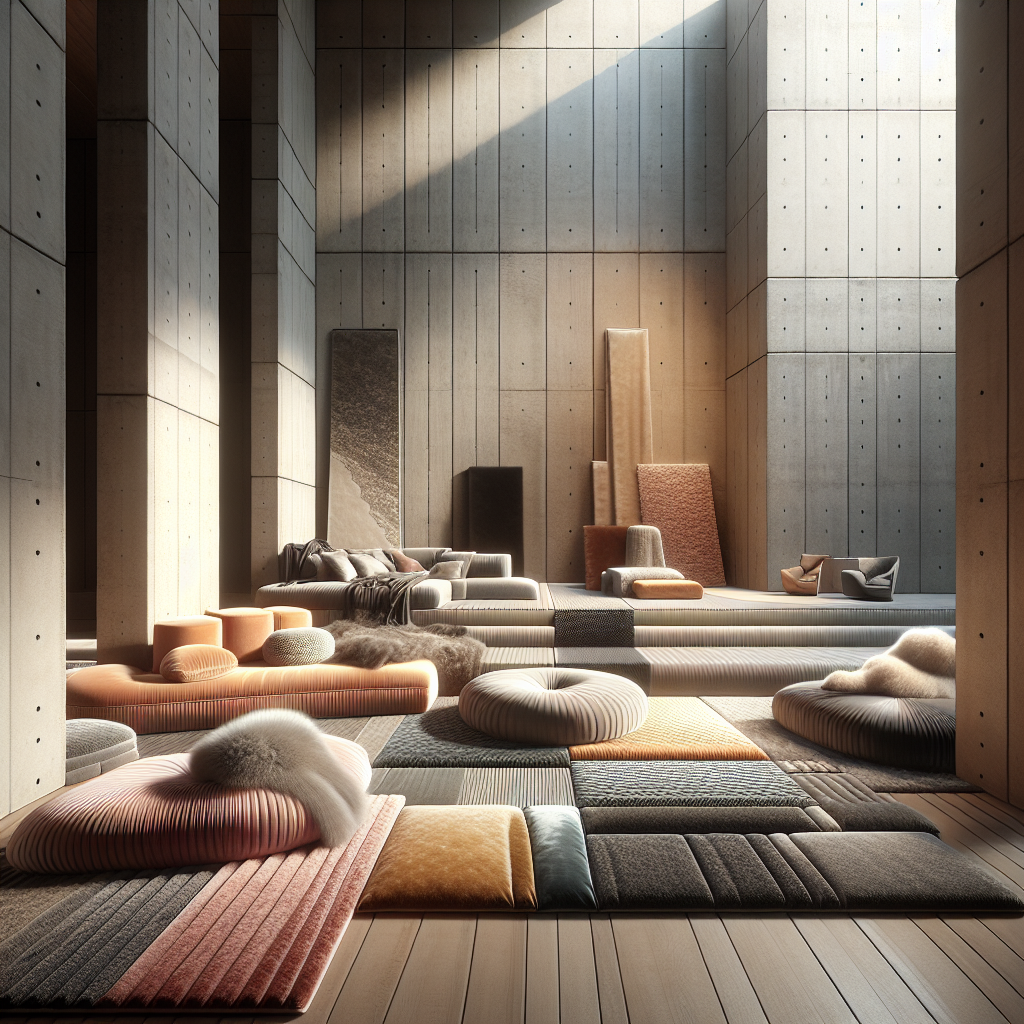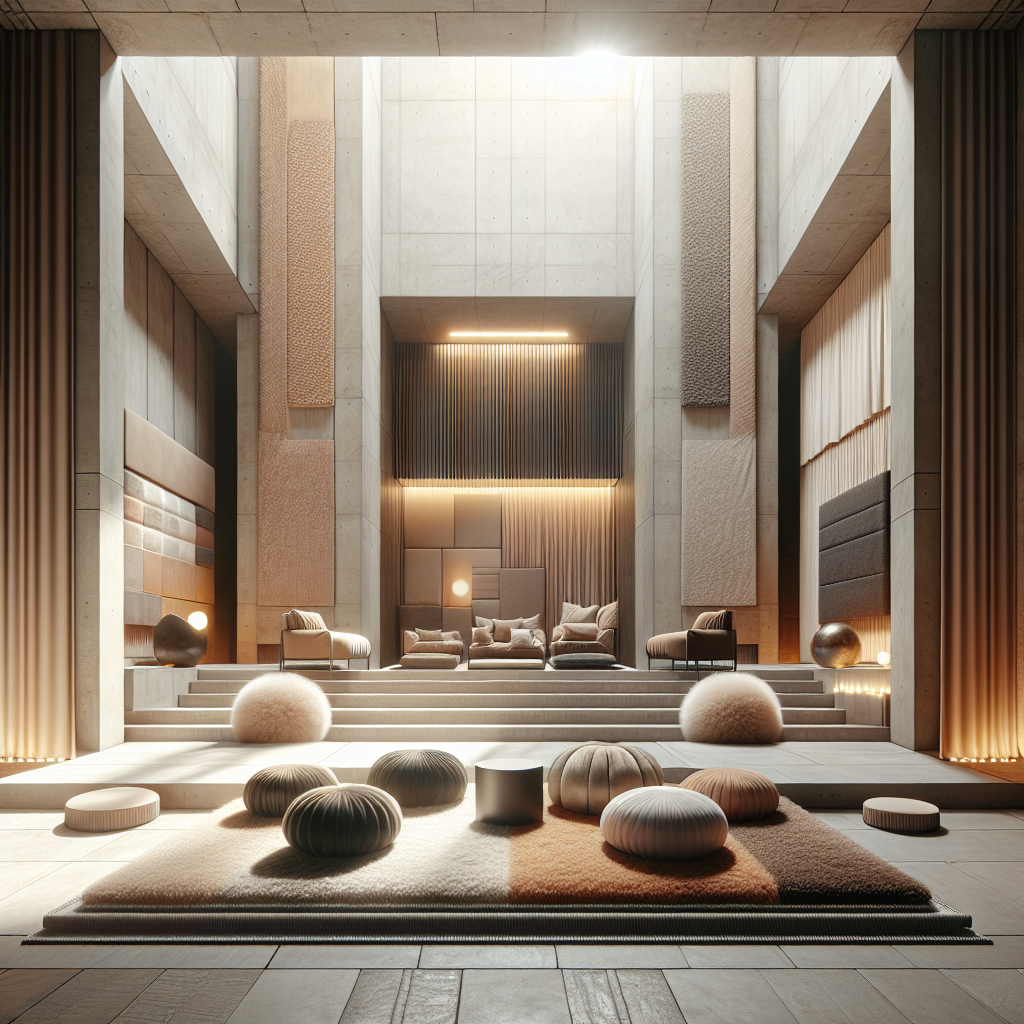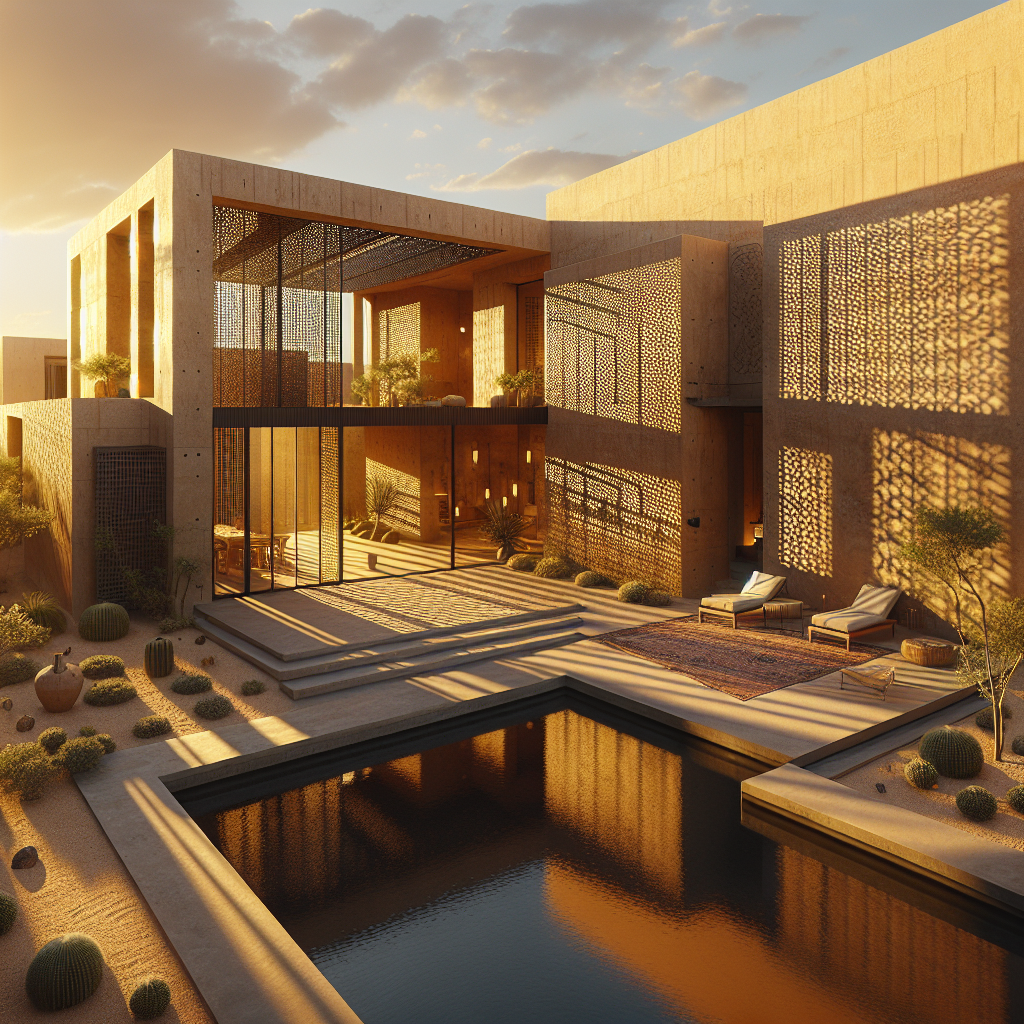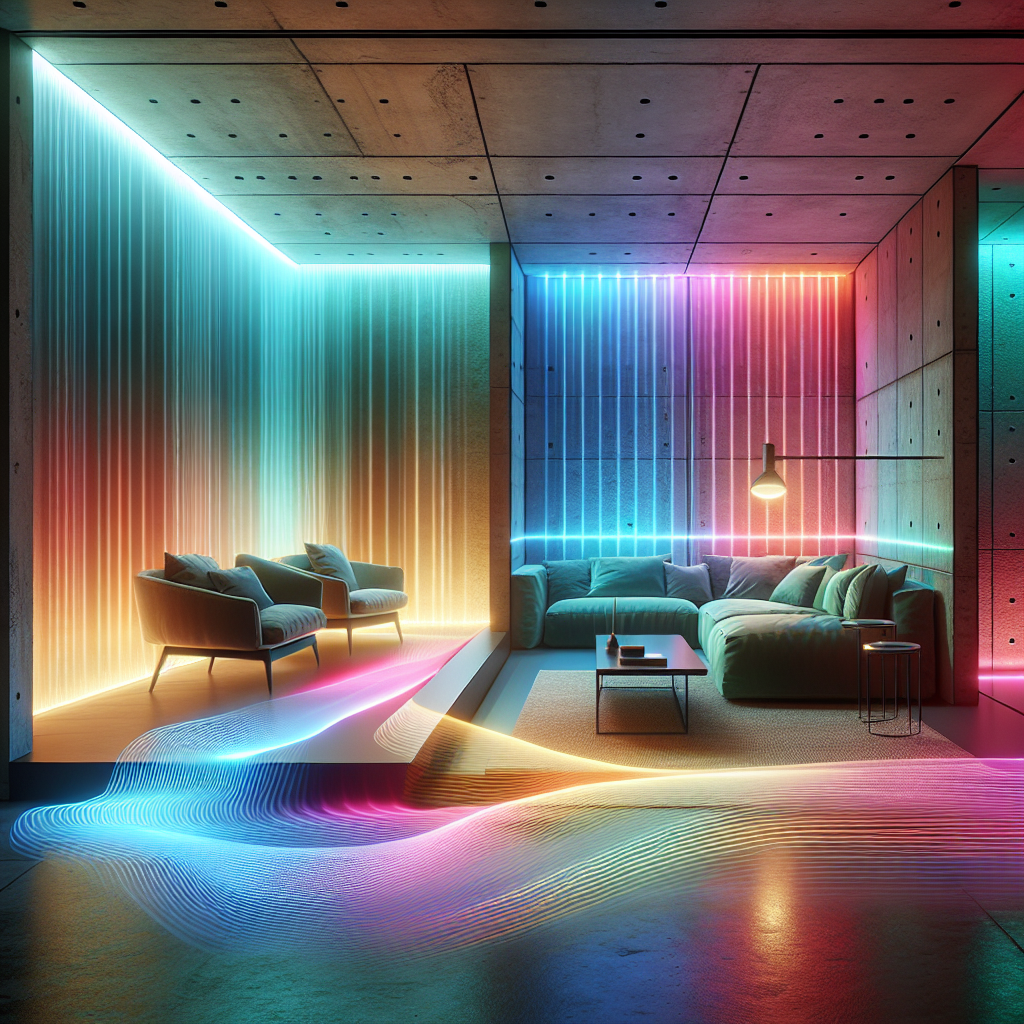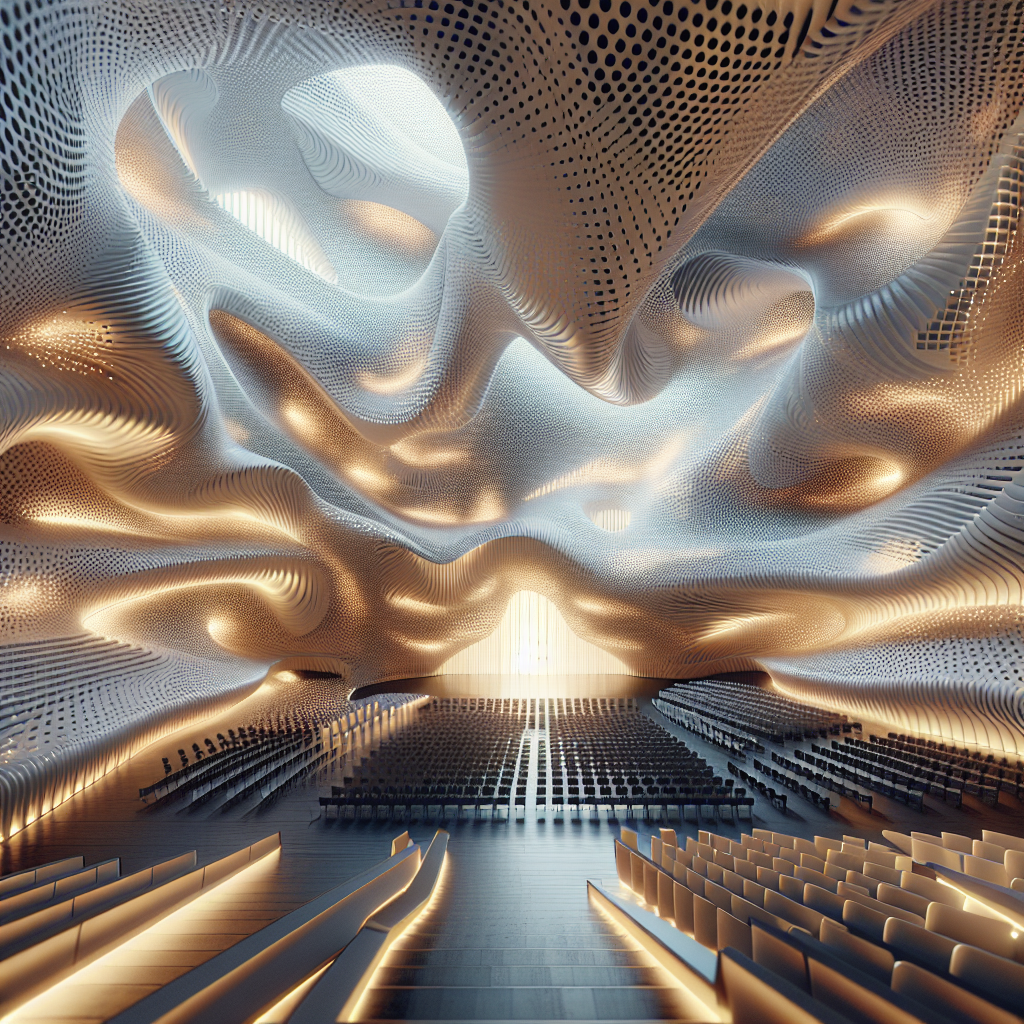Tactile illusions plush: textures offsetting raw materials

Tactile Illusions Plush: Textures Offsetting Raw Materials
In the evolving lexicon of contemporary design, tactility has become more than a sensory delight—it is a narrative tool. The concept of tactile illusions plush explores how designers and architects are using soft, plush textures to offset the austerity of raw materials like concrete, steel, and stone. This interplay of opposites—plush against raw, comfort against rigidity—creates immersive environments that engage both the body and the mind. As the world leans toward material honesty and sensory design, the dialogue between texture and perception has never been more compelling.
The Rise of Tactile Consciousness in Design
Over the past decade, a growing awareness of sensory experience has reshaped the way spaces are conceived. According to a 2023 report by the World Design Organization, designers are increasingly prioritizing the emotional and physical responses of users. This shift has given rise to what can be described as a “tactile consciousness”—a movement toward creating environments that feel as good as they look.
In architecture and interiors, this manifests as a juxtaposition of soft tactility against the raw honesty of industrial materials. Think of a velvet-upholstered bench nestled within a concrete atrium, or woolen acoustic panels softening the reverberation of a steel-framed gallery. These contrasts don’t just beautify; they recalibrate the sensory balance of a space.
As explored in Sensory Design Unveiled, texture has become a vital design language—one that communicates warmth, intimacy, and human connection in an increasingly digital world.
Soft Meets Strong: The Psychology of Material Contrast
The human brain is wired to respond to contrast. When plush textiles meet raw surfaces, the result is a sensory tension that heightens awareness. This phenomenon, often referred to as a tactile illusion, tricks the mind into perceiving softness even in the presence of hardness. A polished concrete floor, when paired with a shag rug or suede wall panel, suddenly feels less severe. The illusion lies not in deception, but in the emotional equilibrium created by material interplay.
Psychologists studying haptic perception note that tactile variety enhances spatial memory and comfort. In hospitality design, for instance, plush upholstery and layered fabrics are strategically used to counterbalance minimalist architecture. The result is a space that feels both luxurious and approachable—a principle embraced by studios like Yabu Pushelberg and Patricia Urquiola, whose interiors often weave softness into structural clarity.
Material Alchemy: Crafting the Illusion
Creating tactile illusions requires a deep understanding of material behavior. Designers are experimenting with hybrid materials—composites that mimic softness while maintaining durability. For example, micro-fibered concrete surfaces can be troweled to a buttery smoothness, evoking the touch of suede. Similarly, thermally treated woods achieve a velvety texture that belies their hardness.
In a recent installation at Milan Design Week, a pavilion by Formafantasma showcased this principle through a sequence of textural gradients: rough hemp walls transitioned into felt-lined alcoves, creating a sensory journey from raw to refined. The result was an architectural narrative that invited touch as much as sight.
This tactile layering echoes the philosophy of Soft Brutalism, where plush materials are used to humanize monumental concrete structures. The aesthetic tension between the two produces spaces that are both grounded and ethereal—a duality that defines much of today’s avant-garde design.
Case Studies: Where Texture Transforms Space
1. The Aman Kyoto, Japan – Nestled in a forested landscape, this resort blends rough-hewn stone walls with cashmere-soft furnishings. The tactile dialogue between the two materials creates a meditative calm, amplifying the sensory connection to nature.
2. The Ace Hotel, Toronto – Designed by Shim-Sutcliffe Architects, the interiors feature exposed concrete paired with mohair seating and linen drapery. The plush textures temper the building’s industrial bones, creating an atmosphere of urban warmth.
3. Prada Epicenter, New York – Rem Koolhaas’s flagship design juxtaposes cold steel and concrete with expanses of soft carpeting and tactile leather. The result is a retail environment that feels simultaneously futuristic and intimate—a tactile choreography that redefines luxury.
These examples underscore a broader trend: the use of texture as a spatial equalizer. By offsetting raw materials with plush finishes, designers create environments that are emotionally resonant and physically inviting.
The Science of Comfort: Touch as a Design Metric
Recent studies in environmental psychology suggest that tactile comfort can influence mood, productivity, and even perception of temperature. A 2022 study published in the Journal of Environmental Psychology found that rooms with soft-textured surfaces were perceived as warmer and more welcoming, even when ambient temperatures were identical.
This insight has profound implications for sustainable design. By manipulating texture, architects can reduce reliance on artificial heating or cooling systems, achieving comfort through sensory rather than mechanical means. It’s a principle that aligns with the ethos of biophilic design, where material tactility fosters well-being through multisensory engagement.
Digital Tactility: The Future of Material Illusion
As digital fabrication technologies evolve, the boundary between real and simulated texture is blurring. 3D printing, CNC milling, and haptic modeling software now allow designers to craft surfaces that evoke the sensation of touch before they are even built. In virtual environments, haptic feedback systems replicate the feeling of plushness or roughness, enabling architects to prototype tactile experiences digitally.
This intersection of technology and materiality recalls the exploration of augmented reality in design innovation, where sensory simulation enhances spatial understanding. The future of tactile design may well lie in this hybrid realm—where physical and digital textures converge to create multisensory illusions that transcend material boundaries.
Plush as Counterpoint: The Ethics of Comfort
Beyond aesthetics, the resurgence of plush textures speaks to a deeper cultural desire for comfort and care. In a world defined by environmental and social volatility, softness becomes a form of resistance—a gentle antidote to the hardness of modern life. Designers are reimagining plushness not as indulgence, but as empathy materialized. The use of recycled textiles, plant-based foams, and biodegradable fibers ensures that comfort need not come at the planet’s expense.
Studios like Faye Toogood and Studioilse are leading this charge, crafting interiors that embrace imperfection and tactility as hallmarks of authenticity. Their work echoes the wabi-sabi philosophy—celebrating the beauty of wear, touch, and time.
A New Material Language
The dialogue between plush and raw materials is redefining the sensory vocabulary of design. It invites architects and designers to think beyond visual composition and engage with the full spectrum of human perception. In this new paradigm, tactility is not a detail—it is the story itself.
As we move deeper into an era of sensory architecture, the tactile illusion plush stands as both a design strategy and a philosophical statement: that softness and strength, far from being opposites, are complementary forces shaping the spaces we inhabit. The future of design may not be about choosing between concrete and velvet, but about learning how they can coexist—each amplifying the other’s truth.
In the end, tactility is not merely felt through the fingertips—it is experienced through the soul of a space.
